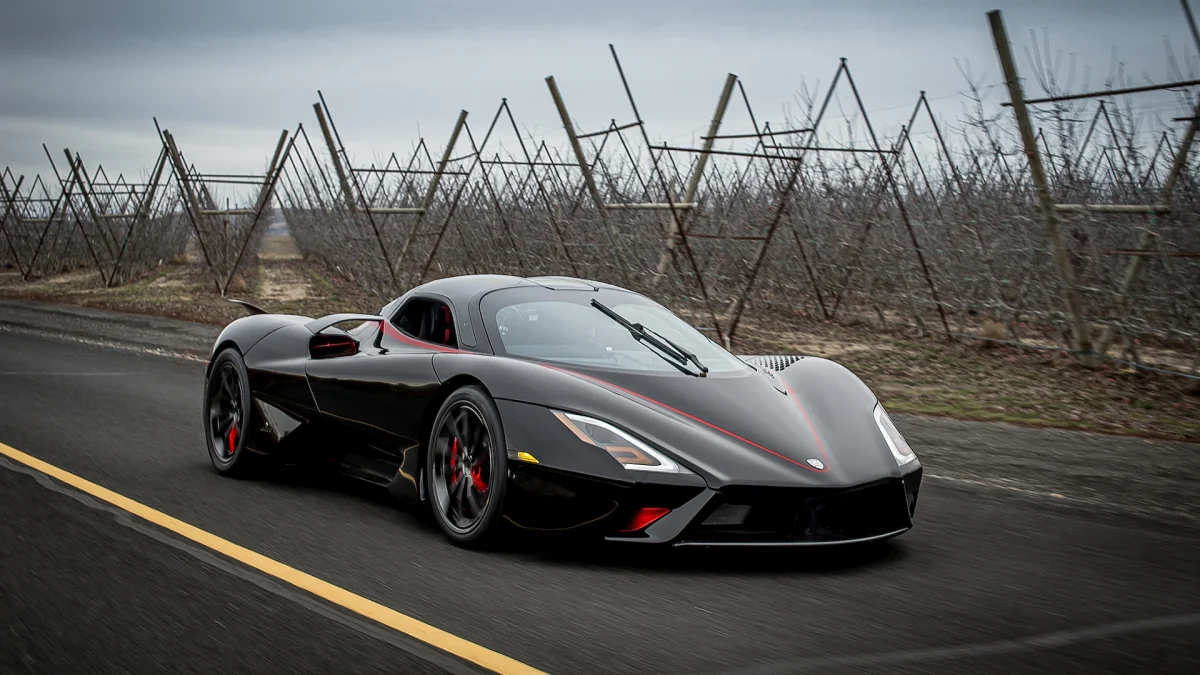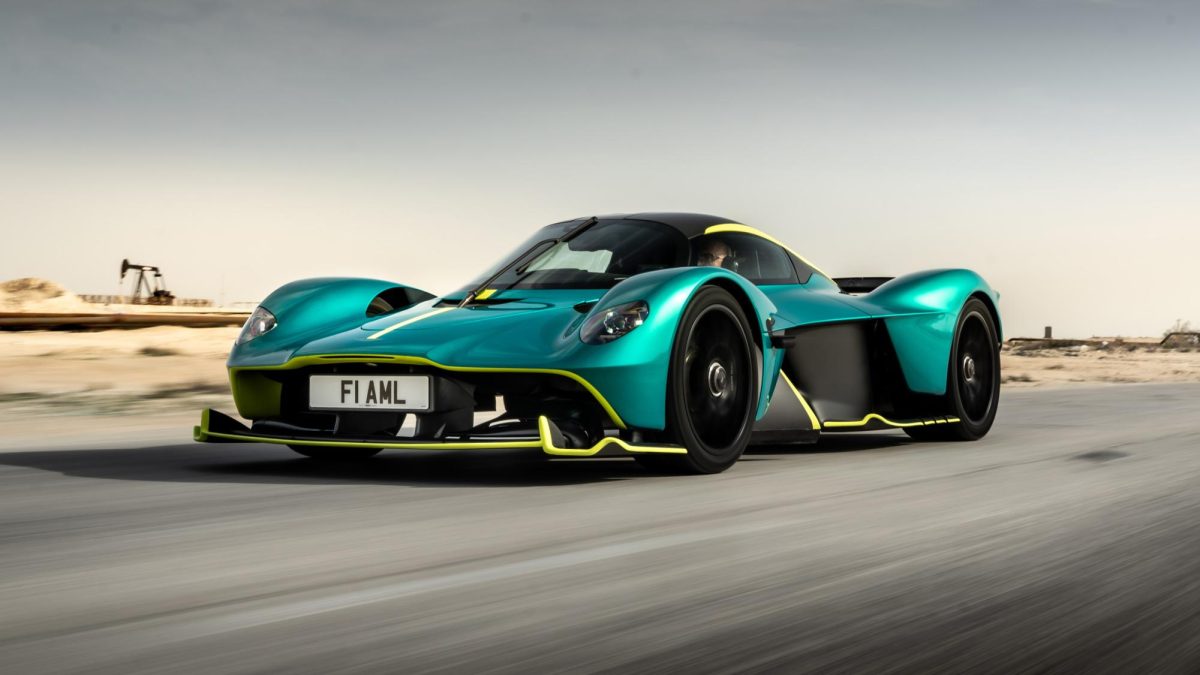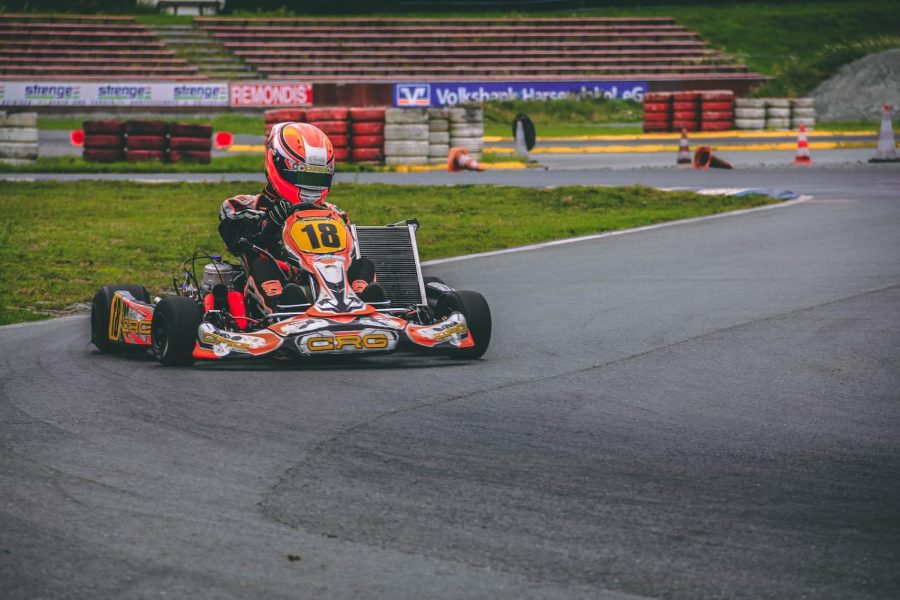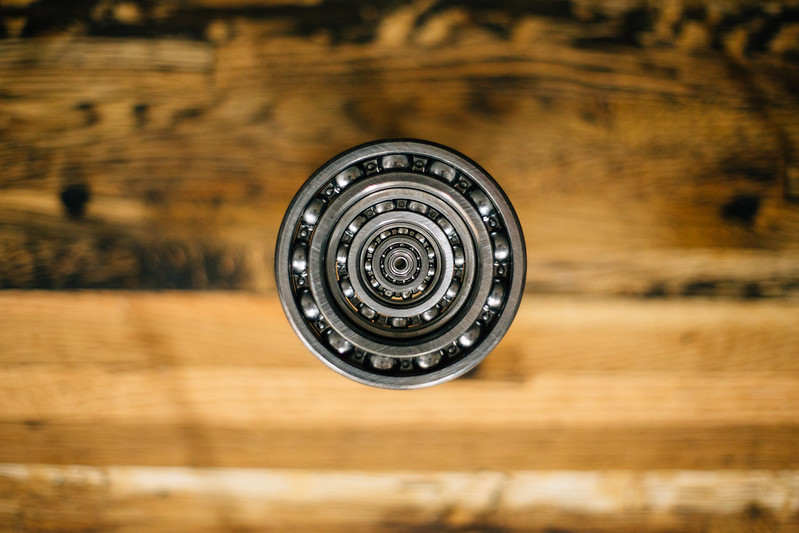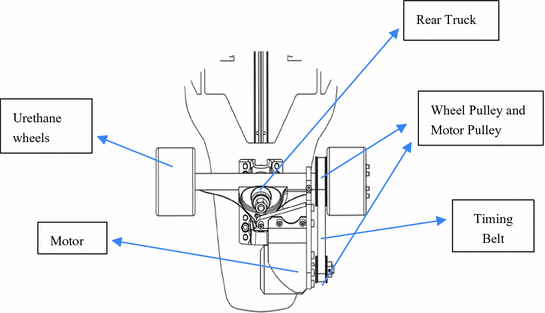Although the hover boards consumers see on the market may look like they have an intricate design, this composition can easily be replicated with a couple of cheap items. All that is needed for the hover board duplicate is slabs of 50cm by 20cm plywood, two 144 mm. diameter wheels, two caster wheels, two 12V D.C motors, Li-ion batteries and a momentary switch. The hover board works by having a motor which is attached to the 144mm diameter wheel spin. As the motor is spinning, it causes the wheels to spin as well (make sure to have two pieces of wood hold down the base of the motor as the router spins). The Li-ion batteries are used to power the motor when the button on top of the hover board is pressed. The caster wheels are used for balance, since the sensors professional hover board companies use are too expensive.
https://navinkhambhala.com/hoverboard
This relates to engineering as Navin Khambhala had to name the problem of consumers not being able to afford modern hover boards. After identifying the problem, he continued going through the steps of the engineering process to find a plausible solution. Engineers, such as myself can then look at his design and think up of even more ways of how we could improve his idea.




